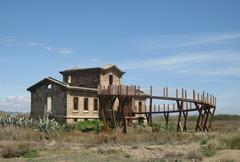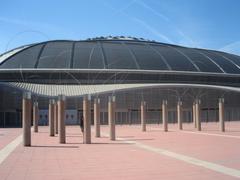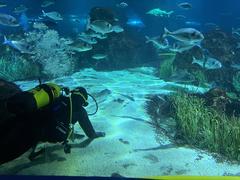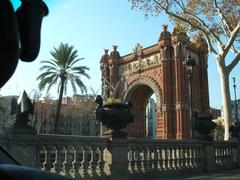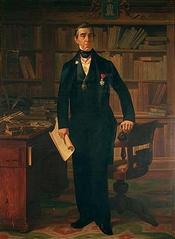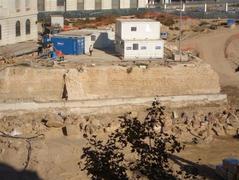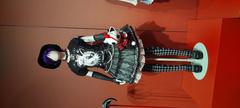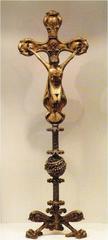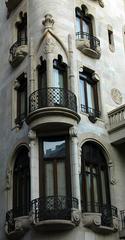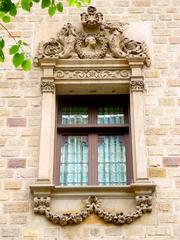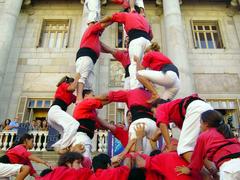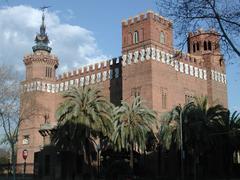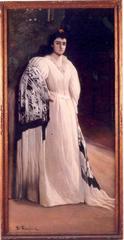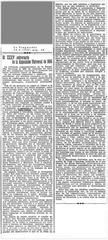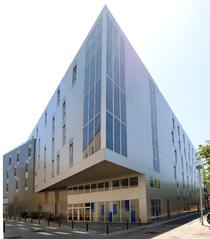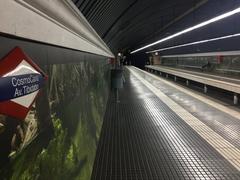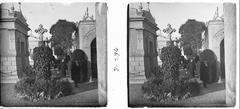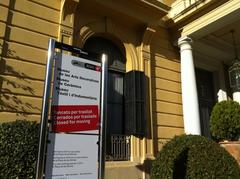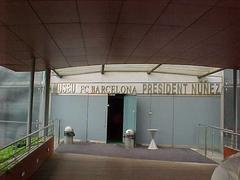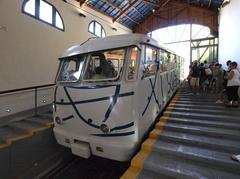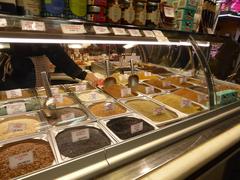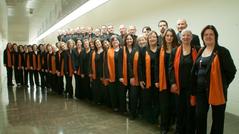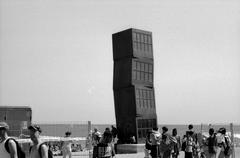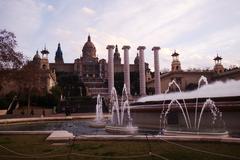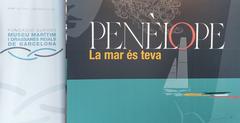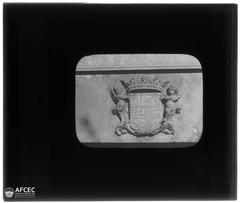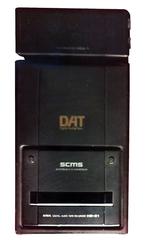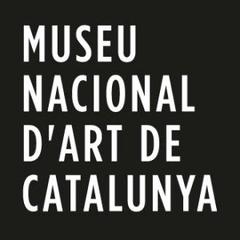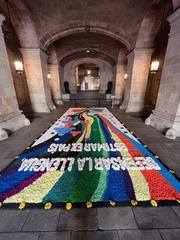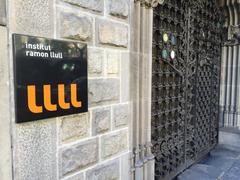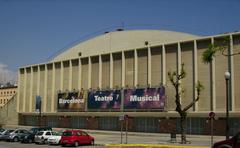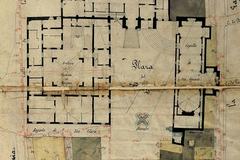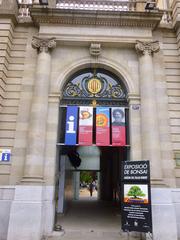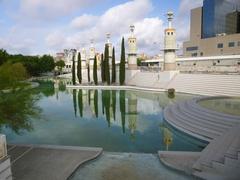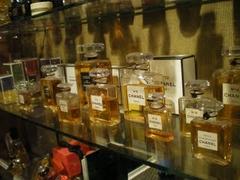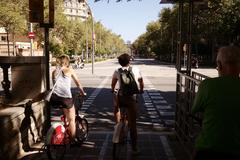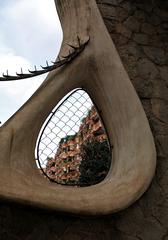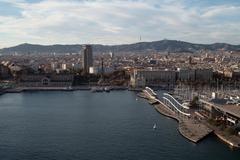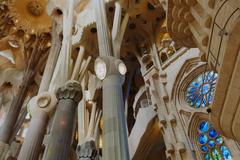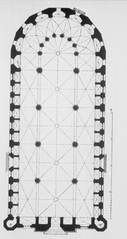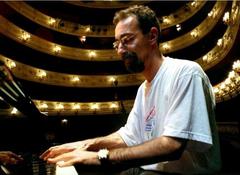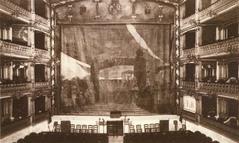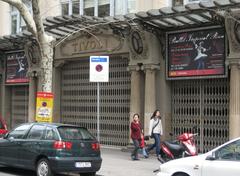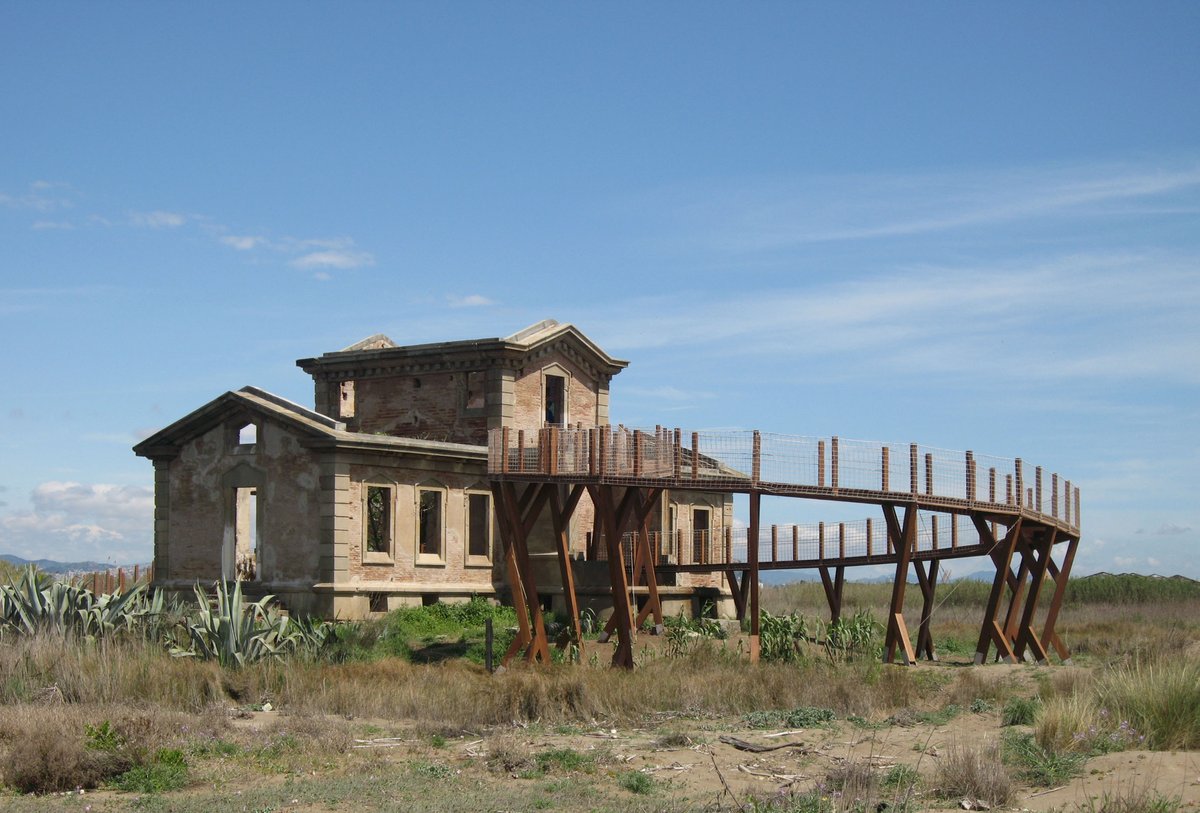
Comprehensive Guide to Visiting El Semàfor, Barcelona, Spain
Date: 23/07/2024
Introduction
Nestled in the picturesque Llobregat Delta near Barcelona, El Semàfor is a historical maritime signal station that dates back to 1887. As part of a broader network of semaphore stations, El Semàfor played a crucial role in maritime navigation, allowing ships to communicate with the port of Barcelona through a system of visual signals such as flags and lights. This iconic site, which reflects the technological and architectural advancements of the late 19th century, stands as a testament to Barcelona’s maritime heritage and the city’s growth as a bustling port. Visitors to El Semàfor can immerse themselves in a unique experience that combines history, architecture, and technology. (Barcelona Tourism)
Table of Contents
- Introduction
- Historical Background
- Architectural Design
- Technological Innovations
- Role in Maritime History
- Preservation and Restoration
- Cultural Significance
- Visitor Experience
- FAQ
- Conclusion
Visiting El Semàfor - History, Architecture, and Visitor Information
Historical Background
El Semàfor, located in the Llobregat Delta near Barcelona, Spain, is a historical maritime signal station built in 1887. Its primary function was to facilitate communication between ships and the port of Barcelona. The station was part of a broader network of semaphore stations crucial for maritime navigation before modern communication technologies.
The construction of El Semàfor was driven by the need to improve maritime safety and efficiency. During the late 19th century, Barcelona was a bustling port city, and the increase in maritime traffic necessitated better communication systems. The semaphore station used a system of visual signals, including flags and lights, to convey messages to ships at sea. This system was essential for coordinating the movement of vessels, especially during adverse weather conditions.
Architectural Design
El Semàfor is an excellent example of 19th-century industrial architecture. The building is characterized by its functional design, reflecting its utilitarian purpose. The structure is made of brick and features a rectangular layout with a central tower. The tower, which housed the semaphore apparatus, is the most distinctive element of the building. It is topped with a small cupola and has large windows that provide a clear view of the surrounding area.
The architectural style of El Semàfor is a blend of neoclassical and industrial elements. The use of brick and the simple, geometric forms are typical of industrial architecture, while the symmetrical layout and decorative details reflect neoclassical influences. The building’s design emphasizes functionality, with large windows and open spaces that facilitated the operation of the semaphore equipment.
Technological Innovations
El Semàfor was equipped with state-of-the-art technology for its time. The semaphore system used a combination of mechanical arms and colored lights to convey messages. The mechanical arms, or semaphores, were mounted on the tower and could be positioned in various configurations to represent different letters and numbers. This system allowed for the transmission of complex messages over long distances.
In addition to the semaphore arms, El Semàfor also used a system of colored lights for nighttime signaling. These lights were powered by oil lamps and later by gas lamps, which were a significant technological advancement at the time. The use of lights allowed the station to operate around the clock, providing continuous communication with ships at sea.
Role in Maritime History
El Semàfor played a crucial role in the maritime history of Barcelona. The station was part of a network of semaphore stations that extended along the coast of Spain. This network was essential for coordinating the movement of ships and ensuring the safety of maritime traffic. The semaphore system allowed for the rapid transmission of information, such as weather conditions, navigational hazards, and port instructions.
The station also played a role in the development of maritime navigation technologies. The semaphore system was eventually replaced by more advanced communication technologies, such as radio and telegraphy. However, the principles of visual signaling developed at El Semàfor laid the groundwork for these later innovations.
Preservation and Restoration
El Semàfor has been preserved as a historical monument and is a testament to the technological and architectural achievements of the 19th century. The building has undergone several restoration projects to preserve its original features and ensure its structural integrity. These restoration efforts have focused on maintaining the building’s historical authenticity while adapting it for modern use.
One of the most significant restoration projects took place in the early 21st century. This project involved the repair of the building’s brickwork, the restoration of the semaphore tower, and the installation of modern amenities to facilitate its use as a cultural and educational site. The restoration project was carried out with the support of local authorities and heritage organizations, highlighting the importance of El Semàfor as a cultural landmark.
Cultural Significance
El Semàfor is not only an important historical and architectural site but also a cultural landmark. The building is a symbol of Barcelona’s maritime heritage and its role as a major port city. It serves as a reminder of the technological advancements and architectural achievements of the 19th century.
Today, El Semàfor is a popular tourist attraction and a site of cultural and educational activities. The building houses exhibitions and events that highlight its historical significance and the history of maritime navigation. Visitors can explore the building and learn about the semaphore system and its role in maritime communication.
Visitor Experience
Visitors to El Semàfor can enjoy a unique experience that combines history, architecture, and technology. The building is located in a picturesque setting near the Llobregat Delta, offering stunning views of the surrounding landscape. The site is easily accessible from Barcelona, making it a convenient destination for tourists.
The interior of the building has been restored to reflect its original appearance, with displays and exhibits that provide insight into its historical and technological significance. Visitors can see the original semaphore equipment and learn about the operation of the semaphore system. The site also offers guided tours and educational programs that provide a deeper understanding of its history and significance.
Practical Visitor Information
- Visiting Hours: The site is open to visitors from 10:00 AM to 6:00 PM daily. Please check the official website for any seasonal variations.
- Ticket Prices: General admission tickets are priced at €8 for adults and €5 for children and seniors. Discounts are available for groups and students.
- Travel Tips: The site is accessible by public transport from Barcelona. Buses and trains run frequently to the Llobregat Delta area. Ample parking is available for those traveling by car.
- Nearby Attractions: Visitors can also explore the nearby Llobregat Delta Nature Reserve and the charming coastal town of Castelldefels.
- Accessibility: El Semàfor is wheelchair accessible, with ramps and elevators available for ease of movement.
Guided Tours
For a more in-depth understanding of El Semàfor and its historical significance, guided tours are available. These tours are typically led by knowledgeable local guides who provide insights into the history of the semaphore tower, its role in maritime communication, and the ecological importance of the Llobregat Delta. Tours can be booked in advance through various tour operators or directly at the site.
Wildlife and Birdwatching
The Llobregat Delta is a haven for wildlife enthusiasts and birdwatchers. The area is home to over 350 species of birds, including flamingos, herons, and various migratory species. Visitors can explore the numerous walking trails and observation points scattered throughout the delta. Bringing a field guide to local bird species can enhance the experience, and many visitors find it rewarding to spend a few hours quietly observing the diverse avian life.
Photography Opportunities
El Semàfor and its surroundings offer numerous opportunities for photography. The contrast between the historical structure and the natural landscape creates a picturesque setting. Early morning and late afternoon provide the best lighting conditions for photography, with the golden hour casting a warm glow over the area. Photographers should also take advantage of the elevated viewpoints around El Semàfor for panoramic shots of the delta and coastline.
Accessibility
El Semàfor is accessible to visitors of all ages and abilities. The pathways leading to the semaphore tower are well-maintained, and there are several rest areas along the way. For visitors with mobility issues, it is advisable to check in advance regarding the availability of any specific facilities or assistance. The local tourism office can provide detailed information on accessibility options.
Nearby Attractions
While visiting El Semàfor, tourists can also explore other attractions in the Llobregat Delta. The nearby Remolar-Filipines Nature Reserve offers additional walking trails and birdwatching opportunities. The Delta del Llobregat Agricultural Park provides a glimpse into the region’s agricultural heritage, with guided tours and local produce available for purchase. For those interested in history, the nearby town of El Prat de Llobregat has several historical sites and museums worth visiting.
Safety Tips
Visitors should be mindful of their surroundings and follow any posted guidelines or instructions. The wetlands can be home to various wildlife, so it is important to respect their habitat and maintain a safe distance. During the summer months, it is crucial to stay hydrated and protect oneself from the sun. Insect repellent can be useful, especially in the early morning and late afternoon when mosquitoes are more active.
Local Cuisine
After a day of exploring, visitors can enjoy the local cuisine at nearby restaurants and cafes. The region is known for its fresh seafood, including dishes such as paella, grilled fish, and seafood tapas. Local markets often feature fresh produce and artisanal products, providing a taste of the region’s culinary heritage. For a unique dining experience, some restaurants offer meals with a view of the delta, allowing visitors to enjoy the natural beauty while savoring local flavors.
Sustainability Practices
Visitors are encouraged to practice sustainable tourism while visiting El Semàfor. This includes minimizing waste, using reusable water bottles, and respecting the natural environment. Many local tour operators and businesses are committed to sustainability, offering eco-friendly options and promoting conservation efforts. Supporting these initiatives helps preserve the beauty and ecological integrity of the Llobregat Delta for future generations.
FAQ
Q: What are the El Semàfor visiting hours? A: The site is open from 10:00 AM to 6:00 PM daily, with possible seasonal variations.
Q: How much do El Semàfor tickets cost? A: General admission is €8 for adults and €5 for children and seniors. Group and student discounts are available.
Q: Is El Semàfor accessible by public transport? A: Yes, buses and trains from Barcelona frequently service the Llobregat Delta area.
Q: Are there nearby attractions to visit? A: Yes, the Llobregat Delta Nature Reserve and Castelldefels are nearby and worth exploring.
Conclusion
El Semàfor is more than just a relic of the past; it is a vibrant cultural landmark that offers valuable insights into the maritime heritage of Barcelona. Through dedicated conservation efforts and active community involvement, this historical site has been preserved for future generations to explore and appreciate. Its blend of neoclassical and industrial architecture, coupled with its role in the development of maritime communication, makes it a must-visit destination for anyone interested in history and technology. As visitors stroll through the picturesque Llobregat Delta, they are not only treated to stunning views but also to a deeper understanding of the innovations that shaped maritime navigation in the 19th century. For more information and updates on visiting El Semàfor, including opening hours and ticket prices, visit the official Barcelona tourism website.
References
- Visiting El Semàfor - History, Architecture, and Visitor Information, 2024, Barcelona Tourism
- El Semàfor, Barcelona - Visiting Hours, Tickets, History, and Tips, 2024, Barcelona Tourism
- Cultural Insights and Heritage Conservation, 2024, Barcelona Tourism
